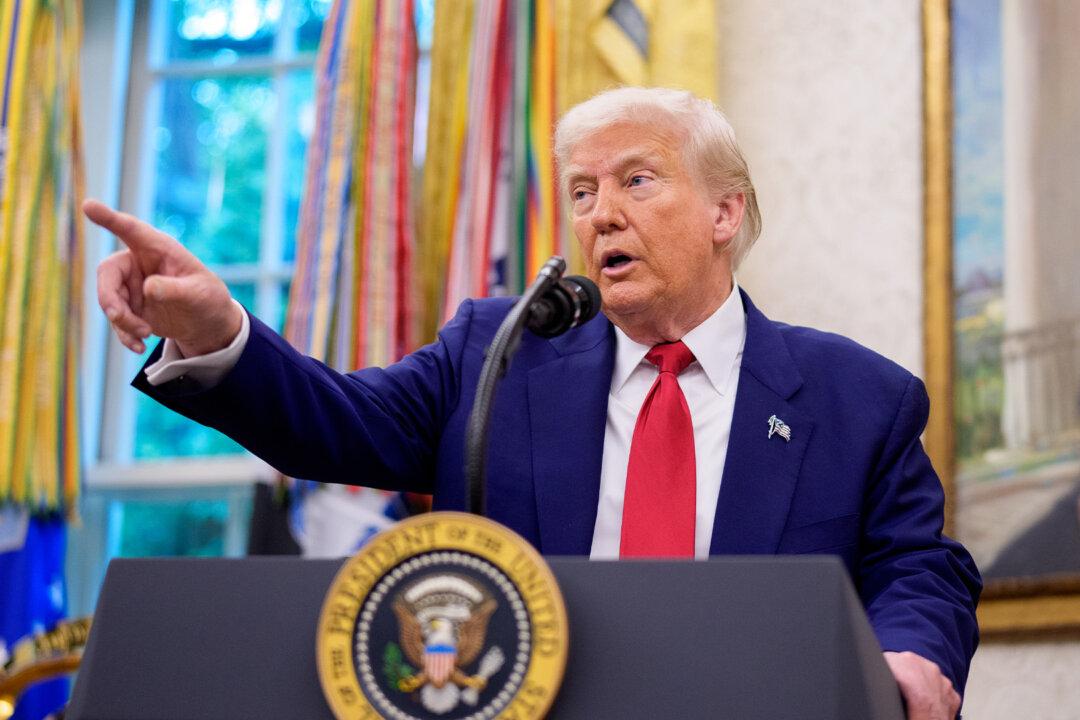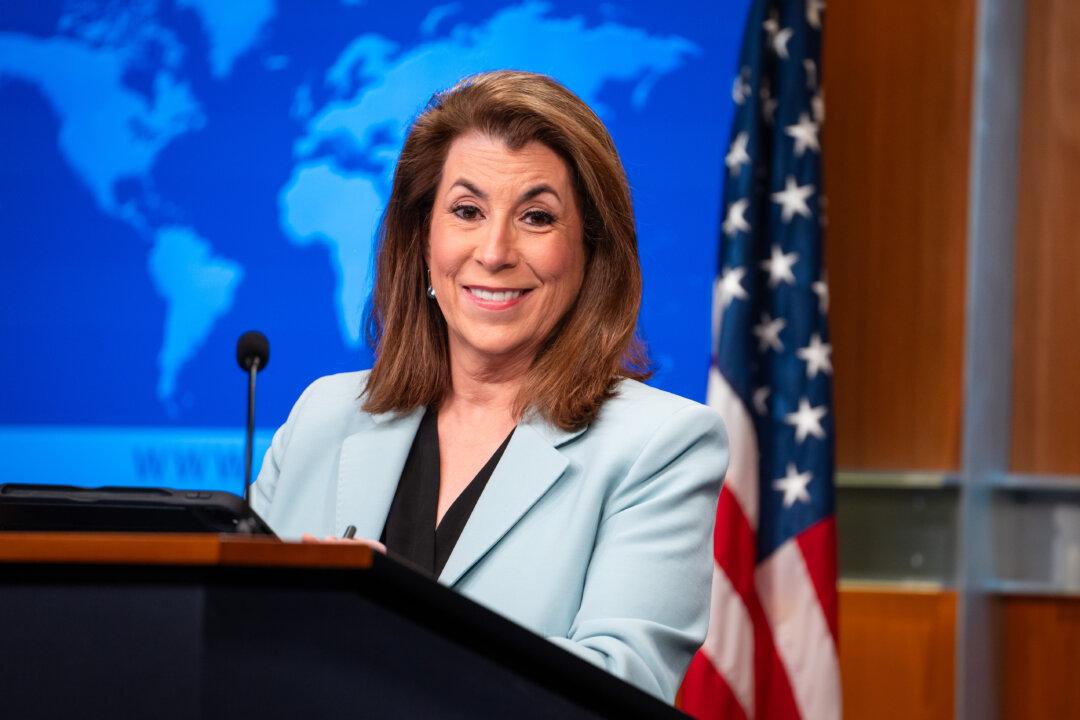A White House official told The Epoch Times on June 26 that the United States and China have reached an additional agreement as trade talks between the two nations continue.
President Donald Trump told reporters earlier that the deal was signed on June 25, but did not share any details about it.
“We’re starting to open up China,” he said. “Things that never really could have happened.”
When asked for clarification of the president’s remark, the White House official said, “The administration and China agreed to an additional understanding for a framework to implement the Geneva agreement,” and declined to provide more explanation.
That initial agreement was reached in May when Treasury Secretary Scott Bessent and Trade Representative Jamieson Greer met with He Lifeng, China’s vice premier and lead economic representative, in Switzerland, along with Swiss President Karin Keller-Sutter. At that time, the United States maintained a 145 percent tariff on all goods coming from China, with Beijing levying a 125 percent tariff on U.S. goods in response.
“China can now continue to purchase Oil from Iran,” the president said on Truth Social. “Hopefully, they will be purchasing plenty from the U.S., also. It was my Great Honor to make this happen!”
Haier purchased the company in 2016 for $5.6 billion.
The expansion project is projected to create 800 new full-time jobs and further Louisville’s identity as an advanced appliance manufacturing hub.
“We are bringing laundry production to our global headquarters in Louisville because manufacturing in the U.S. is fundamental to our ‘zero-distance’ business strategy to make appliances as close as possible to our customers and consumers,” said Kevin Nolan, CEO of GE Appliances.
“This decision is our most recent product reshoring and aligns with the current economic and policy environment.”
It is unknown at the time of this article’s publication if GE’s decision is connected to the additional agreement reached on June 25. It came two weeks before Trump’s July 9 deadline for U.S. trade partners to reach agreements on reciprocal tariffs or possibly face significantly higher tariffs than the current 10 percent baseline.







